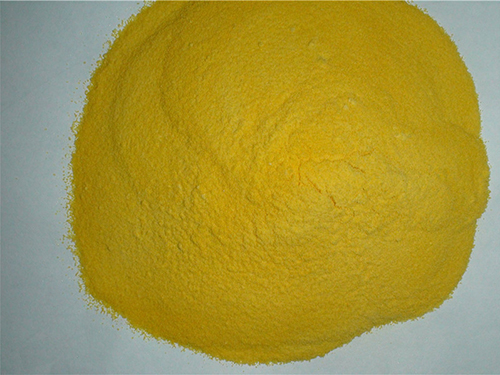Applications and Benefits of Polyacrylamide in Various Industries and Research Fields
The Versatile Use of Polyacrylamide An Overview
Polyacrylamide is a synthetic polymer that has gained significant attention in various industries due to its unique properties and versatility. Derived from the polymerization of acrylamide, this compound possesses high molecular weight, exceptional water solubility, and the ability to form gels. These characteristics make polyacrylamide an invaluable material in numerous applications, ranging from water treatment to biomedical research.
One of the primary uses of polyacrylamide is in water treatment and environmental remediation. It is widely employed as a flocculant to improve the clarity of wastewater and facilitate the removal of suspended particles. Utilizing polyacrylamide in wastewater treatment processes enhances the aggregation of particles, enabling easier separation and extraction. As environmental regulations tighten, industries are increasingly turning to polyacrylamide to meet discharge standards and improve the quality of treated water.
The Versatile Use of Polyacrylamide An Overview
Polyacrylamide also finds application in agriculture, particularly in soil conditioning and erosion control. When added to soil, polyacrylamide can enhance water retention, improve soil structure, and reduce erosion caused by rainfall or irrigation. This is particularly beneficial in arid regions where water scarcity is a pressing issue. By using polyacrylamide in agricultural practices, farmers can improve crop yields while minimizing water usage, contributing to sustainable farming practices.
polyacrylamide use

Moreover, polyacrylamide is instrumental in the field of biotechnology and pharmaceuticals. Its biocompatibility and ability to form hydrogels make it an ideal material for drug delivery systems and tissue engineering. Polyacrylamide-based hydrogels can encapsulate therapeutic agents, allowing for controlled release and targeted delivery. This capability is crucial in developing effective therapies with reduced side effects, particularly for chronic diseases.
In the laboratory, polyacrylamide gel electrophoresis (PAGE) is a standard technique used to separate proteins and nucleic acids based on size and charge. This method is vital for molecular biology and biochemistry research, enabling scientists to analyze complex mixtures and identify specific biomolecules. The versatility of polyacrylamide gels has made it an essential tool in genetic research, proteomics, and diagnostics.
Despite its numerous advantages, the use of polyacrylamide is not without challenges. Concerns regarding the potential toxicity of acrylamide, a monomer used in its production, have prompted further research to ensure safe handling and use. Regulatory bodies are continuously monitoring and evaluating the risks associated with polyacrylamide, particularly in food and cosmetic applications.
In summary, polyacrylamide is a versatile polymer with a wide array of applications across various fields. Its effectiveness as a flocculant in water treatment, role in enhancing oil recovery, benefits in agriculture, and importance in biotechnology highlight the compound’s significance in addressing modern challenges. As research continues and industries evolve, the promise of polyacrylamide as a functional material is likely to expand further, paving the way for innovative solutions in a variety of sectors. Whether addressing environmental issues or contributing to advances in medicine, polyacrylamide remains a pivotal player in both scientific and industrial applications.
-
Water Treatment with Flocculant Water TreatmentNewsJun.12,2025
-
Polymaleic AnhydrideNewsJun.12,2025
-
Polyaspartic AcidNewsJun.12,2025
-
Enhance Industrial Processes with IsothiazolinonesNewsJun.12,2025
-
Enhance Industrial Processes with PBTCA SolutionsNewsJun.12,2025
-
Dodecyldimethylbenzylammonium Chloride SolutionsNewsJun.12,2025





